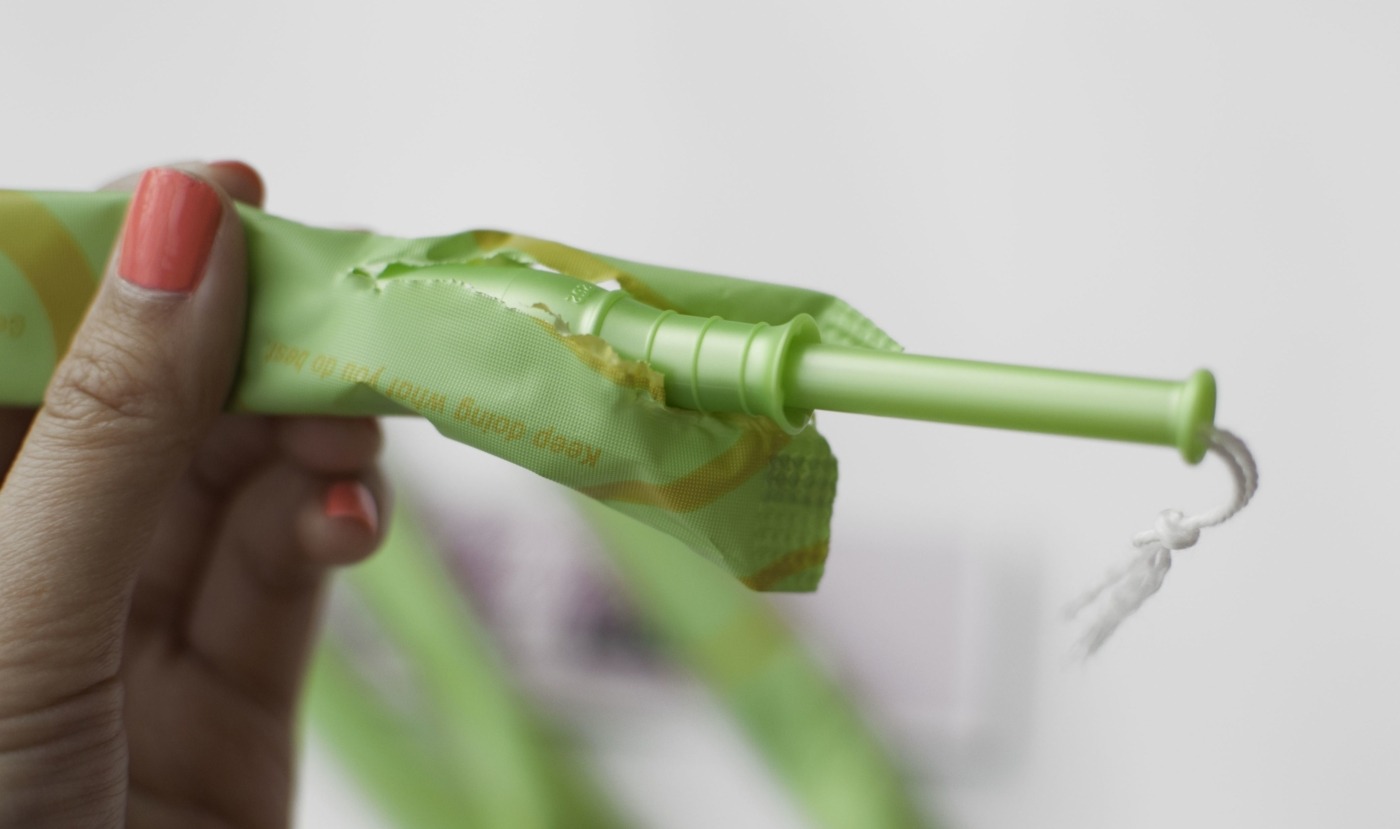How to have a more sustainable period
It goes without saying that conventional, disposable period products aren’t the kindest to the environment. Concerns have been raised over the level of plastics in them and according to Friends of the Earth, one box of sanitary pads contains four disposable shopping bags’ worth of plastic.
As a result, disposable period products are likely to end up in the landfill. With the average person who menstruates throwing away 10,000 – 15,000 sanitary towels and tampons in their lifetime, it’s no wonder that the amount of waste is reaching astronomical levels.
Fortunately, making your menstrual cycle a little greener is an easy way to help avert the climate emergency. More and more options are becoming available to help cut down on waste while menstruating, and as an added bonus they could even help you save money in the long run. As students with limited budgets, this is particularly useful, especially since other methods of making your lifestyle greener, such as veganism, aren’t so friendly on your bank balances.
It’s easy to make your own if you are looking for something to do
Budgeting still plays a part in choosing a more sustainable period product. If you have some spare cash from being in lockdown, period underwear might be a good investment. A few pairs from a company such as Thinx will eliminate the need for sanitary towels and tampons altogether – each pair can absorb two to three tampons’ worth of blood before they need washing. They start at £28, which might seem steep, but this is money you will eventually get back from not having to buy disposables.
Reusable sanitary towels might be a bit more economical if £28 for a fancy pair of pants makes your eyes water. These can be rinsed in cold water after a day’s wear and then washed. Alternatively, if you have a sewing machine at home, it’s easy to make your own if you are looking for something to do.
There are also various brands of disposable period products that are made with organic cotton such as Natracare, Yoni and Totum. These are a bit more expensive than conventional ones but are plastic and chlorine-free, which is not only greener but kinder on your vagina. Likewise, they can also biodegrade, saving them from taking up space in landfill.
They can last reportedly up to ten years if looked after properly
Another option is using a menstrual cup. Menstrual cups have been growing in popularity since the dawn of the climate emergency. They cost £20-£30 but they can last reportedly up to ten years if looked after properly.
Menstrual discs are also a recent invention and though they are disposable, they hold up to five tampons’ worth of blood. However, concern has arisen in recent months over menstrual cups and disks causing pelvic organ prolapses, largely when removed incorrectly.
An exciting innovation in the world of sustainable period products is the flushable sanitary towel, pioneered by Polipop, a company started by two friends who were flatmates at university. These pads are stable when covered in blood but disintegrate in water and can be disposed of just like toilet paper. They are free from microplastics and are biodegradable, preventing more scarce resources from going to landfill.
They have the extra benefit of convenience
Aside from the environmental benefits, they have the extra benefit of convenience – you’ll never be caught short at a toilet without a bin next to it again. It’s still early days for these yet, but it is possible to sign up for a product trial on their website, if this might appeal to you.
There are new and innovative sustainable period products coming out all the time, but whether they are useful and affordable for students depends on the individual. If you like the idea of any of the products I’ve suggested above, why not contribute positively to the environment and have a more sustainable period?

Comments